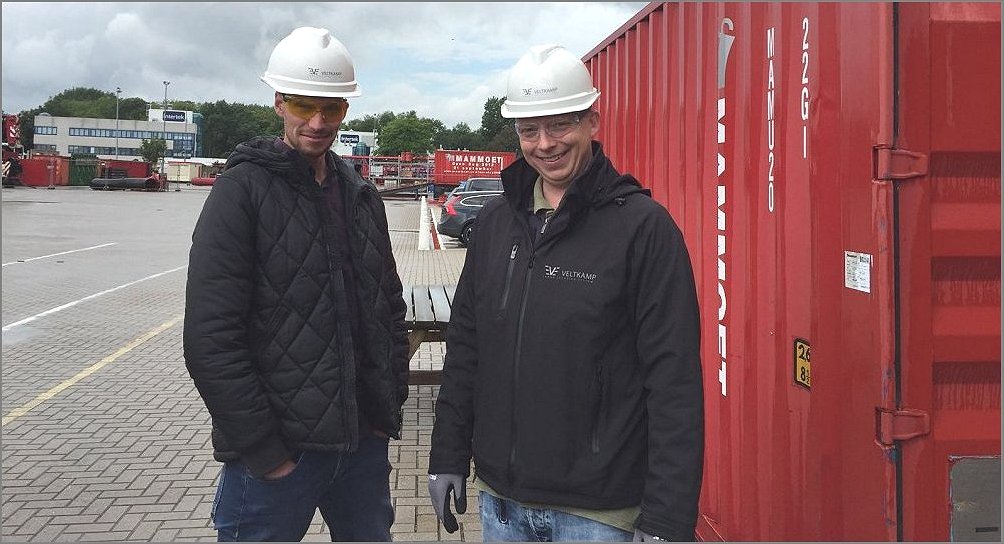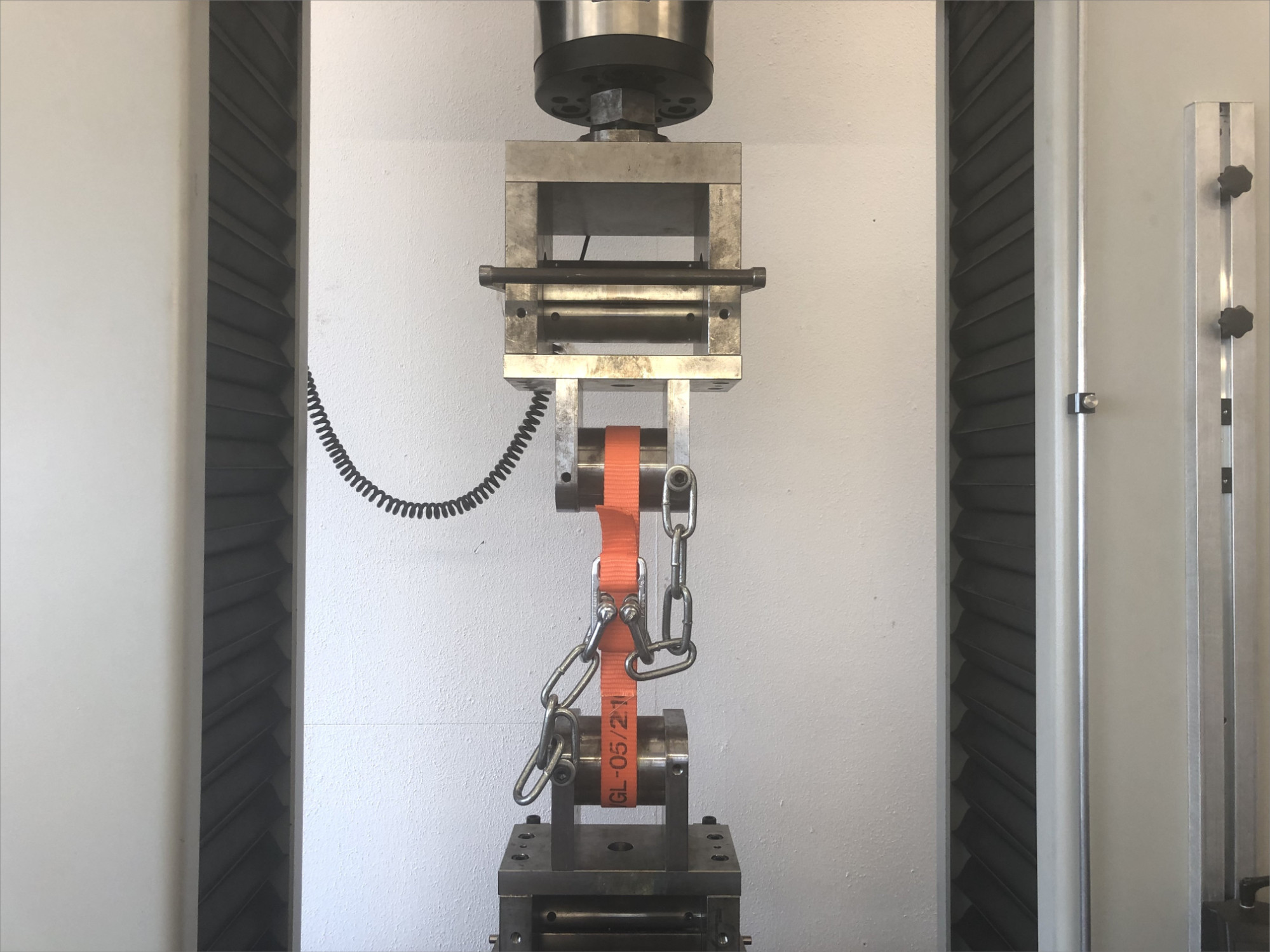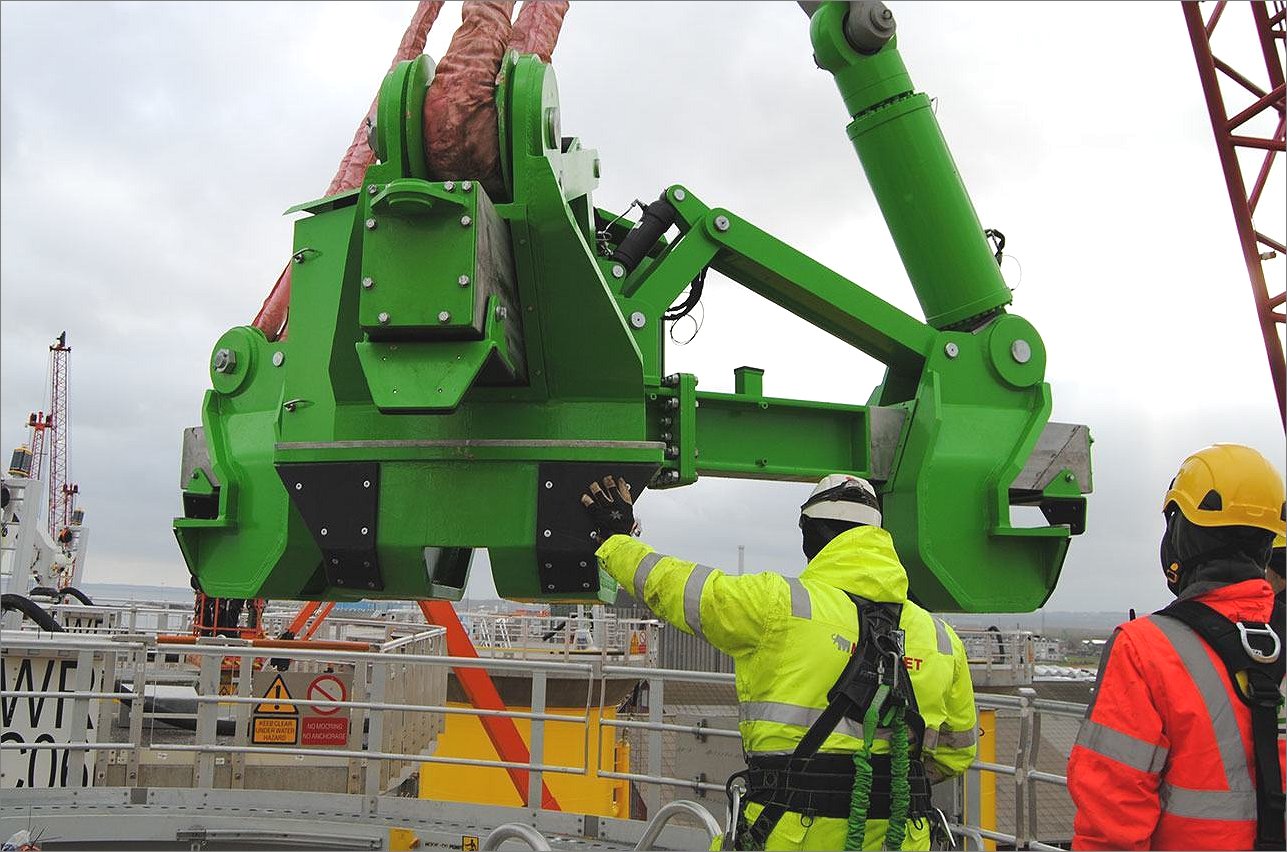Inspections and Testing
For more information on this product
you can also email us at comercial@veltkamp.es
According to standards and international regulations, ratchets tie down, lashing chains and lifting equipment must be checked for possible defects before use. This check is performed by the user.
In addition, periodic inspections and tests are required, which must be carried out by an expert.
The minimum inspection periods differ per country and can vary from 3 months to once every 4 years.
The inspections and tests depend in particular on the intensity of use. This must be assessed per company, project or situation and recorded in a company's risk inventory.
For the Offshore, the IMO regulations apply worldwide. This specifies a minimum inspection period of 1 year.
The equipment is also immediately painted or marked in the IMO annual color of the relevant inspection period.
But here too, the actual term to be used depends on the intensity of use and the circumstances.
For example, for the transport of offshore wind turbines, lashing chains are used only once because of the strong attack by seawater, which causes the tensioners to get stuck.

All equipment, including work equipment such as stairs, hand tools, et cetera, is identified, provided with a sticker or tag that is RFID (radio-frequency identification) at the client's request, and entered into the client's Equipment Data Management - System or that of Veltkamp.
This can also include all documents, manuals, statements, reports and drawings.
Through Veltkamp's system, the client has direct access to this system via the website. As a result, our clients have direct, anytime, anywhere access to all available information.
Based on the risk inventory, intensity of use, projects, etc., a schedule for inspections and tests is drawn up in consultation with the customer.
Depending on the situation and expertise, inspections may also be carried out by trained users.
In specific situations, employees designated by the client for that purpose can also be trained by our inspectors to perform inspections independently. In those cases, Veltkamp can take care of the periodic inspections.
The basic principle here is that the inspections and tests are carried out on location whenever possible.
In the case of permanent offshore (rigs), the equipment is picked up at the relevant working port and then maintained, year color adjusted and inspected.
Here everything is aimed at the shortest possible stay onshore for optimal availability.
In case of sea transport, arrangements are made for arrival and departure. Veltkamp also ensures that the equipment is available again within the agreed time frame.
This often involves a combination of business equipment such as warehouse racking, hoisting equipment under hook, manual and electric hoists.
For each component, inspection requirements and deadlines may vary by country. In a number of cases, Veltkamp cooperates with selected local inspection companies and inspectors for this purpose.

Specific circumstances apply in a military organization. On the one hand, equipment is subjected to very intensive use and, on the other hand, equipment can be stored for a long time for when it is needed.
In the first case, the starting point is to educate and train various equipment managers in accordance with military guidelines. The aim is that in the event of exercises or deployments, employees are always available to inspect, secure cargo and carry out maintenance.
Subsequently, as many units and bases as possible are combined in the planning to limit the costs for inspection. Nevertheless, interim inspections may also be required after large-scale exercises or active deployment.
In the second case, an annual or biennial inspection is sufficient, depending on the quality of storage.
However, the minimum inspection frequency must comply with the relevant national regulations.
To guarantee continuity and safety in companies and operations within the framework of international and local regulations at minimal costs and as little disruption to processes and availability as possible.
The safety factor of plastic hoisting belts and round slings is 7 : 1. This means that the breaking load is 7 x higher than the permitted working load (WLL = Working Load Limit). Due to the influence of sunlight (UV), the tensile strength initially decreases and stabilizes at a safety factor between 5 : 1 and 4 : 1, similar to chain and steel cable.
The service life of both plastic and steel hoisting equipment is mainly determined by overload, voltage peaks, too high/low temperatures, seawater, chemicals, poor storage and lack of maintenance.
The inspection of hoisting and load securing equipment still has a disadvantaged position for many users, despite the safety aspect and the extension of the service life.
Inspection is also still carried out by overloading a chain or cable to 1.5 to 2 x the WLL.
According to manufacturers, this results in accelerated aging, and it does not say everything about the quality of the chain.
For example, if a chain has been exposed to too high temperatures, it must be rejected because the steel loses its qualities.
But often just 1.5 to 2 x the WLL is achieved on a tensile test bench. The chain is then cleaned again, sprayed in the right color and then approved again.
Nevertheless, this pulling method is still often used. This is not only for cost reasons, but also because the inspectors in question are often not or insufficiently trained to be able to carry out NDT methods (non-destructive testing) such as magnetic, penetrant, UV or eddy current testing.

The safety factor of plastic lifting belts and round slings is 7: 1. This means that the breaking load is 7 x higher than the permitted working load (WLL = Working Load Limit). Due to the influence of sunlight (UV), the tensile strength initially decreases and stabilizes at a safety factor between 5: 1 and 4: 1, according to chain and steel cable.
The lifespan of both plastic and steel lifting equipment is mainly determined by overload, voltage peaks, high/low temperatures, seawater, chemicals, poor storage and lack of maintenance.
The inspection of lifting and load securing equipment still has a subordinate position among many users, despite the safety aspect and the extension of the lifespan.
Inspection is also still carried out by overloading a chain or cable to 1.5 to 2 x the WLL.
According to manufacturers, this results in accelerated aging and does not say everything about the quality of the chain.
For example, if a chain has been exposed to too high temperatures, it must be rejected because the steel loses its qualities.
But often just 1.5 to 2 x the WLL is achieved on a tensile testing machine. The chain is then cleaned again, sprayed in the correct color and then approved again.
Nevertheless, this pulling method is still often used. This is not only for cost reasons, but also because the inspectors concerned are often not or insufficiently trained to carry out NDT methods (non-destructive testing) such as magnetic, penetrant, UV or eddy current testing.